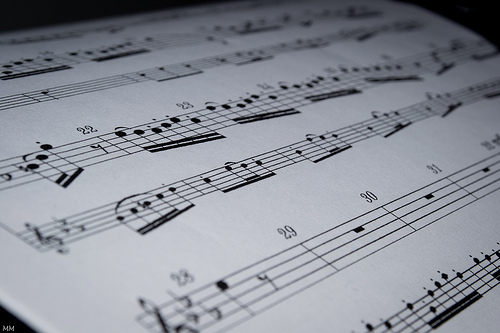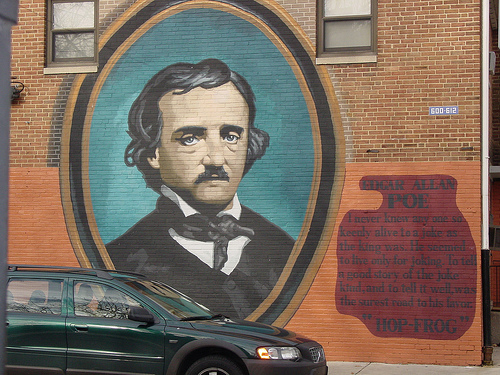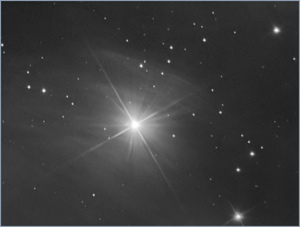
Source: Triplets, DSCF-Photographer, Flickr
You are probably familiar with the term rhythm as it applies to the regular pattern of beats in music. Rhythm is also an important component of poetry. Short story writer and poet Edgar Allan Poe defined poetry as “the rhythmical creation of beauty in words.”

Source: Edgar Allen Poe mural, m t miller, Flickr
In this lesson, you will learn to analyze meter, rhyme scheme, line length, punctuation, and word position, all of which poets use to craft their work just as musicians arrange musical notes and lyrics to create the desired effects in their compositions.
The nursery rhymes you learned as a child illustrate the link between poetry and music. In fact, you may have memorized nursery rhymes by singing them just like the children singing “Twinkle, Twinkle, Little Star” in this video. As you watch the children sing, listen for examples of rhyme and meter.

Source: Merope, Henryk Kowalewski, Wikimedia
If you listened carefully, you heard many lines that rhymed, including the repetition of star and are in the refrain. You will return to “Twinkle, Twinkle, Little Star” later in the lesson as you learn to analyze meter, rhyme scheme, line length, punctuation, and word position in poetry.